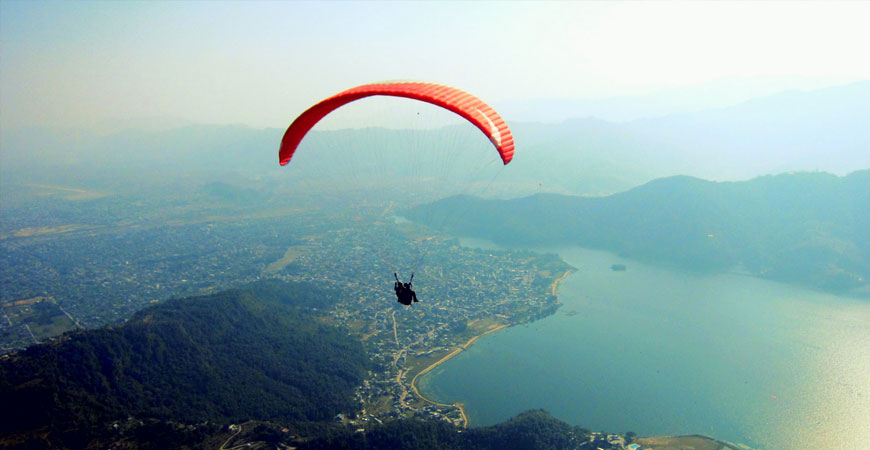Paragliding in Nepal
$95
Per Person
Overview
Nepal is one of the best paragliding venue after Switzerland. The climate & geographic similarities between the two countries have made it sound more relevant. Encouragingly, Pokhara has been nominated as the fifth best location to paraglide in the world in the context when paragliding is being seen as key product by entrepreneurs. Paragliding History is not very long. The first and only registered paragliding company in Nepal is Sun Rise Paragliding based in Pokhara was established in 2000 AD with the help of Adam Hill, a British National and a paragliding Pilot. Paragliding can be a perfect alternative adventure sport in Nepal geographically and climatically.
Included/Exclude
Trip Itinerary
Note: This itinerary can be customized as per situation.



